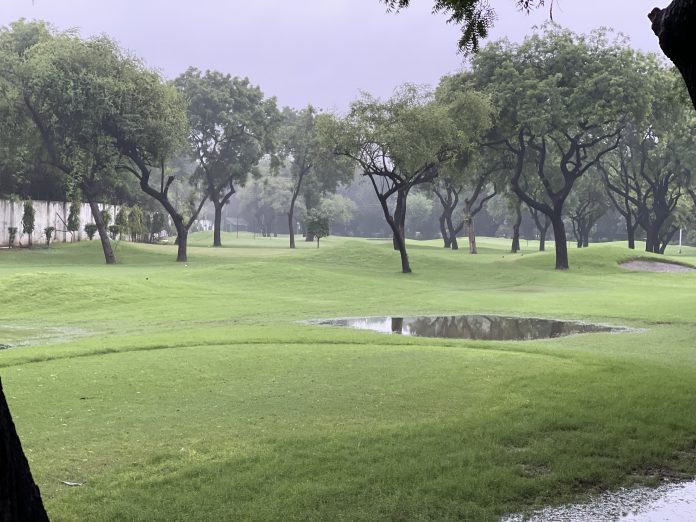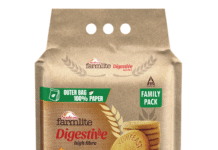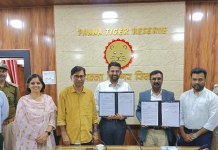
On 16 February 2022, the Indian government’s Ministry of Environment, Forest and Climate Change notified an amendment to the original Plastic Waste Management 2016. This amendment known as Schedule II was the fourth amendment of the Plastic Waste Management Rules of 2016 and pertained to the targets for Extended Producer Responsibility and the obligations of producers, importers, brand owners as well as plastic waste processors.
This is a detailed Gazzetted order of 34 pages in Hindi and English complete with definitions of the industry actors, the plastic materials, and the responsibilities of the producer community, including that of brand-owners and packaging producers to register on the governments portal set up for monitoring compliance, and their year-wise increasing compliances. It says, “Registration of Producers, Importers & Brand-Owners (operating in one or two states) and Plastic Waste processors shall be done by State Pollution Control Board or Pollution Control Committee through the centralized Extended Producer Responsibility portal developed by Central Pollution Control Board.” Needless to say, every plastic-based packaging-related company, whether brand-owner or packaging printer, and converter need to read this document and understand it in detail.
The amendment on16 February 2022, says, “The Extended Producer Responsibility targets for the Producers, Importers & Brand-Owners shall be determined category-wise. The document puts plastic packaging into four categories, namely, 1. Rigid plastic packaging; 2. Flexible plastic packaging of single layer or multilayer (more than one layer with different types of plastic), plastic sheets or like and covers made of plastic sheet, carry bags, plastic sachet or pouches; 3. Multilayered plastic packaging (at least one layer of plastic and at least one layer of material other than plastic); and, 4. Plastic sheet or like used for packaging as well as carry bags made of compostable plastics.”
The Schedule II amendment says that the targets for Extended User Responsibility for importers, producers, and brand owners will be determined by a formula taking into account use and production over past years. The targets are 25% in the 2021-2022 financial year; 50% in the 2022-23 financial year; and, 100% in the 2023-24 financial year. There are targets for the use of recycled content also.
Further, Schedule II sets targets for recycling starting from 30 to 50% for the four categories in 2024-25 increasing this year-wise for four years to reach 60 to 80% in the 2027-28 financial year. Reference to the original document is recommended. However, I am skipping to the punchline which financially penalizes non-compliance based on various levels or percentages of defaulting on the obligations.
Since it is almost a year and since it took effect immediately on notification, it is time to evaluate the progress of registrations and compliances which are all time-bound and also include financial penalties of Environment Compensation to be deposited if the compliances are not met and which are liable to forfeit after three years of filing the return.
The deposits can, however, be returned – “The environmental compensation levied shall be returned to the Producers, Importers & Brand-Owners as given below, namely (i) Within one year of levying of EC: 75% return; (ii) Within two years 60% return; (iii) Within three years 40% return. ….After completion of three years on environmental compensation getting due the entire environmental compensation amount shall be forfeited.”
At the time of the Union Budget, the plastic packaging industry is continuing to make substantial investments. However, until the Plastic Waste Management Rules and Schedule II gain traction, it is difficult to justify most investments in the new technologies needed for compliance by the target dates. Only enforcement of the rules can make it a level playing field for the packaging producers who have invested and want to continue to invest in recyclable technologies. This will also encourage investment from global players that may be retreating from what they feel is a vibrant economy – but where decisive implementation of the rules is sometimes missing.










